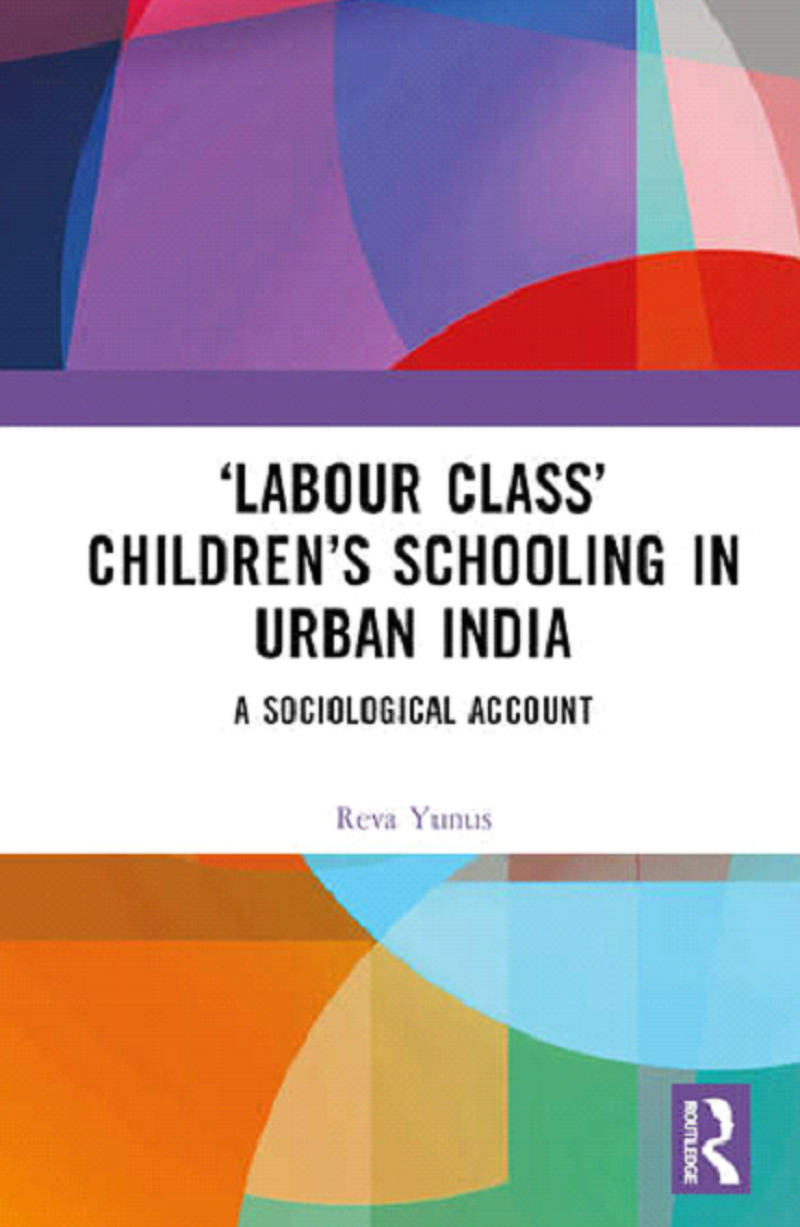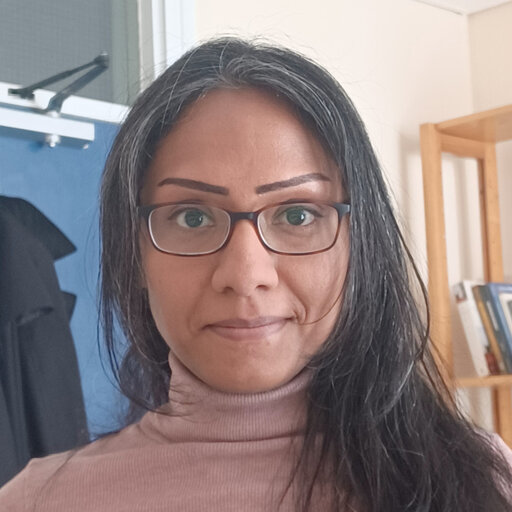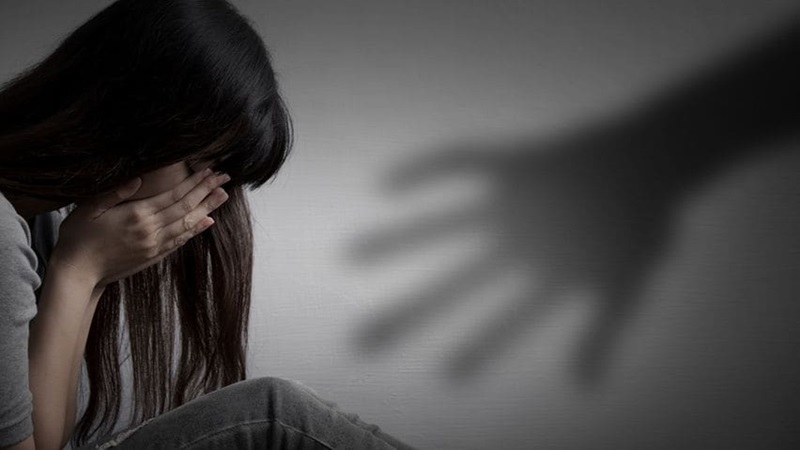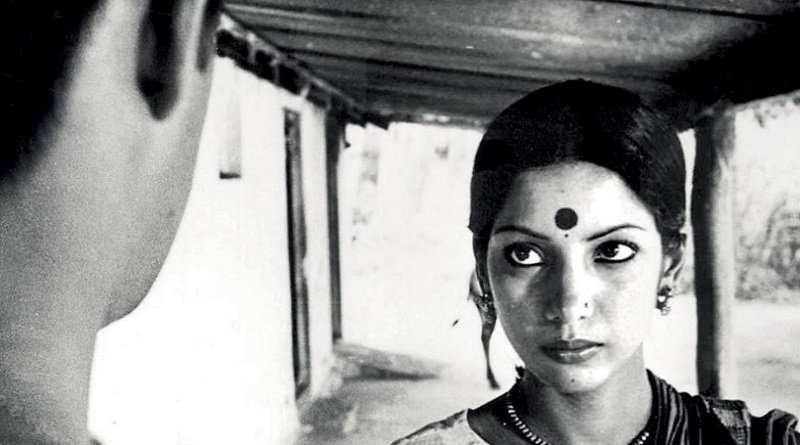Labour Class Children’s Schooling In Urban India- Book Review
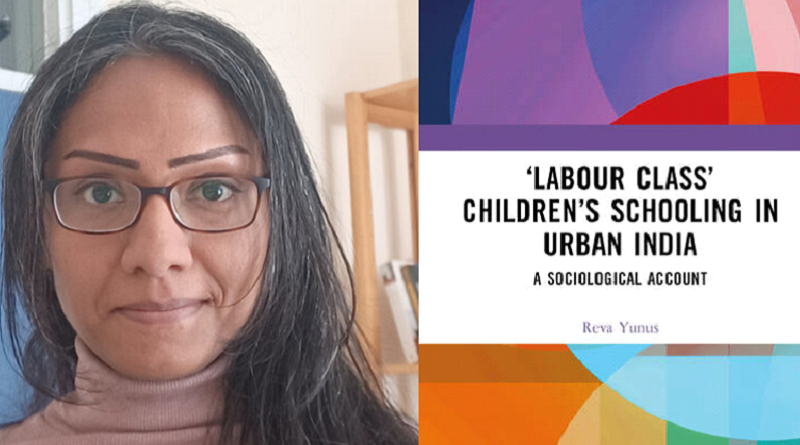
By Annavajhula J C Bose, PhD
Dr. Reva Yunus, pictured below, is a Sociology lecturer in Education and Social Justice at the radical University of York where I indeed want to learn to do interdisciplinary studies and writing as she does. Routledge has just published this book based on her intelligent and painstaking classroom ethnography and interviews with parents and teenaged pupils in urban central India (Indore).
The book is not easy to read for someone like me unacquainted with sociological noises about how poverty, patriarchy and caste affect individuals and families in diverse ways, how people negotiate these structural relations and the specific limits these relations place on individuals’ ability to challenge and change their circumstances. But it is definitely interesting because it debunks the dominant view in development discourses (and national policy) that education is the magic wand that will eliminate poverty. This debunking is done by exploring the links between poor (labour class) families’ experience of economic hardship, patriarchy and caste-based inequalities on the one hand, and poor pupils’ classroom experience, on the other. And this exploration’s findings challenge the neoliberal tendency to hold individuals responsible for overcoming odds rather than addressing structural conditions producing and reproducing socio-economic inequalities.
I cull out here only some salient pointers from the book, which has six engrossing chapters culminating in the seventh conclusive chapter. The end should be read first before starting from the beginning to get a focus on children’s experiences at home, work and school. The more nuanced realities that Reva has documented in this regard are not mentioned here, but worth recognising.
Two things are very clear about how poverty shapes children’s experience of work and schooling. First, families’ socio-economic condition and status decides whether children can access school education, which category of schools they can access and the point till which they can continue education. Second, intra-family dynamics and specific cultural conditions of a household also decide what responsibilities a child fulfils alongside attending school.
Given the lack of economic opportunity in rural Hindi belt, there is migration to cities like Indore. Since local networks and caste relations are key to internal migration and finding work in cities, participating in urban economies offers very limited scope to break the link between caste hierarchies and economic inequalities. Thus, a family’s caste location significantly shapes migration and access to work, and consequently, children’s experience of poverty in terms of the kind of house they live in, the food, clothing and leisure activities available to them, whether they can access private tuitions or private schooling, and so on. Children’s responsibilities for paid and unpaid work also depend on the financial condition of the family.
Being located lower down in the class-caste hierarchy also means that labour class parents are engaged in work that is not only insecure but also often physically demanding and has low or no access to social cover in case of injuries or other health issues. This means greater difficulties for children who often have to contribute to the family income when parents cannot work. Girls are only sent out for waged work as a last resort but girls are found working in the garment manufacturing units or as domestic workers in families where one or both parents struggle with long-term health issues. Girls and women continue to bear a much greater burden for social-reproductive labour at home. Girls experience policing and have conditional access to schools. Girls are expected not to break the rules of caste patriarchy and endogamy.
Social class locations shape the relationship of the urban poor with the state and its institutions (e.g. bribes to obtain documents, issues of safety and law-and-order in poor neighbourhoods) burdening labour class children with gendered problems. Parents cannot be blamed for low investment on their children or their children’s low educational attainment. More than their attitudes, it is the inadequate provision of welfare and unfair working conditions that impact girls’ schooling. Poverty causes relentless stress for parents and children of struggling to reproduce themselves. Poverty and privatisation and stratification of education prevent poor pupils from completing education and/or achieving social mobility through it. As such, caste and class continue to be bases of privilege and disprivelege and block mobility for many.
Class, caste and gender hierarchies and divisions are reinforced through schooling. Teachers have a deficit view of labour class pupils and parents alongside a deficit view of the schools in which they work with frustration and overloaded administrative responsibilities without infrastructural supports. Teachers lack understanding of living in poverty. Class and caste hierarchies combine to produce a view among the largely middle-class, upper-caste teachers that poor people are less interested in education and take welfare for granted. In order to address caste inequalities in a sustainable and meaningful manner, it is, therefore, urgently required that policy makers address economic and educational stratification, and that good quality schooling be available to children from marginalised caste groups; that these schools have good facilities and offer a meaningful chance of learning and mobility through schooling.
There is a hidden moral-cultural curriculum determined by intersecting gender, class and caste relations. Since teachers are part of the ‘developmental state’, the entire process of welfare disbursal takes on a more personal tone giving an impression, almost, of teachers doing students and their families a favour in making the benefits available. Teachers view welfare as a freebie, and not as an entitlement. Moral curriculum also focuses on cleanliness, specifically, hand washing, menstrual hygiene and substance use among students and their families. But teachers talk about it with class-caste based assumptions. Historically, some groups have been considered to be clean whilst the others unclean and morally inferior. The labour class children’s contribution to school’s cleanliness is not taken into account.
This is not all. The poor girl pupil is evaluated against middle-class, upper-caste notions of femininity and expected to become a model of chaste femininity uninterested in her appearance and sexuality. She must only be interested in studies; and schooling for her is not only to save her from early marriage, but also to delay all sexual activity and expression till marriage happens. Accordingly, girls and boys are heavily monitored. But since these students are studying together for the first time after primary school, such policing makes classroom life a veritable landmine for them and creates much hostility at times. But friendships to develop between boys and girls, and children display a willingness to challenge the gender code at school, and thereby caste patriarchy too.
To conclude, the book is a well-deserving slap in the face for policy makers and administrators who think that education can achieve equality and social justice by decoupling education policy and provision from the socio-economic contexts and the attendant stubborn issues of various disparities and mindsets.
Furthermore, Reva’s small qualitative study in India, which needs to be replicated in other parts of India, is similar to Raj Chetty’s big data study in the US about conditions governing disparities in social and economic mobility (Wellisz, 2018; Chetty, 2015)).
Reva’s book should be welcomed as a well-constructed appeal to “scholars interested in the sociology of education and childhood, gender and caste inequalities, international development, poverty and urban informal work”, and also to social workers dealing with labour class families and children, to make a worthwhile progressive difference.
References
Chris Wellisz. 2018. Data Evangelist. Finance & Development. IMF. September.
Raj Chetty et al. 2015. Economic Mobility. Pathways-The Poverty and Inequality Report. The Stanford Centre on Poverty and Inequality.
(Writer teaches in Department of Economics, SRCC, Delhi University.)
- Labour in ‘Amrit Kaal’ : A reality check
- Discovering the truth about Demonetisation, edited and censored, or buried deep?
- Class Character of a Hindu Rashtra- An analysis
- Gig Workers – Everywhere, from India to America, from delivery boys to University teachers
- May Day Special: Working masses of England continue to carry the spirit of May Day through the Year
- New India as ‘Employer Dreamland’
- Urgent need for reinventing Public Sector Undertakings
Subscribe to support Workers Unity – Click Here
(Workers can follow Unity’s Facebook, Twitter and YouTube. Click here to subscribe to the Telegram channel. Download the app for easy and direct reading on mobile.)
